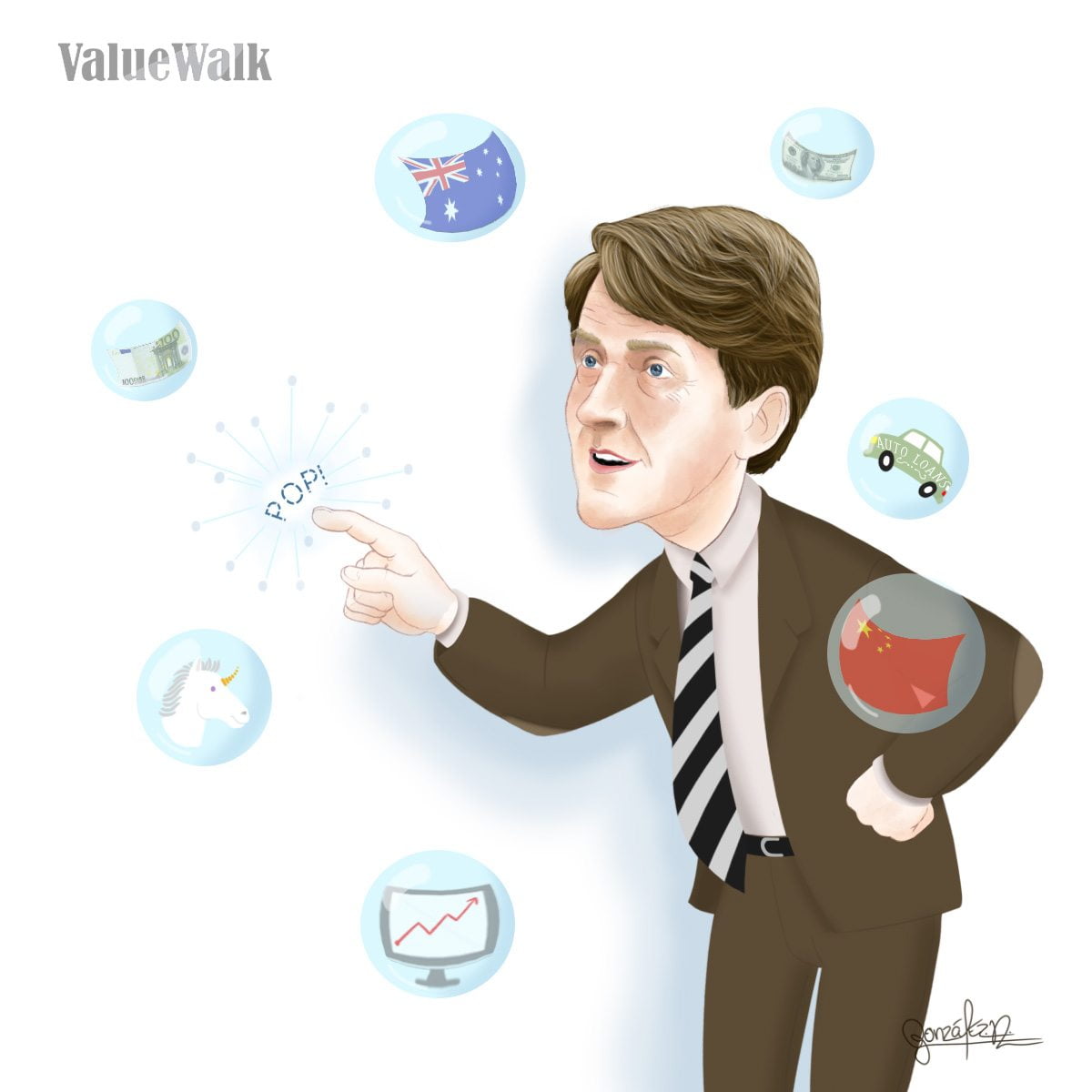There are two types of stock gains. There are real gains, which are rooted in economic productivity, and there is irrational exuberance, which is rooted in investor emotionalism. Set forth below is a list of ten characteristics of irrational exuberance.
Q4 2021 hedge fund letters, conferences and more
The Ten Characteristics of Irrational Exuberance
1) Irrational exuberance is temporary. Gains rooted in economic productivity are real and permanent and can be counted on to finance a retirement or some other important financial goal. Irrational exuberance gains are temporary. They always disappear in the long run.
2) It can take as long as 10 years or even longer for irrational exuberance to disappear. While irrational exuberance gains are temporary, it is not possible to say with any precision when they will disappear. A good rule of thumb is that irrational exuberance will disappear within 10 years. But prices were very high in 1996 and remain very high today. The irrational exuberance that was present in 1996 disappeared in late 2008. But it returned in late 2009 and has remained in place ever since.
3) A high level of irrational exuberance can signal an increase in irrational exuberance in the short term. It would be logical to think that a time of high irrational exuberance will be followed by a time in which the level of irrational exuberance will drop. That is not necessarily so. The phenomenon is by definition an irrational one. Irrationality begets irrationality. A time of high irrational exuberance can lead to a period of even higher irrational exuberance.
4) When irrational exuberance comes to an end, it is replaced by irrational depression. Prices do not remain at moderate levels in the wake of a time when they were at very high levels. Irrational exuberance is transformed into irrational depression and prices to levels just as crazy on the low side as the crazy high prices that preceded them.
5) It takes time for high levels of irrational exuberance to be achieved. Prices do not shoot up to high levels quickly. They jump and then plateau for a time. Only after some time has passed and investors have become comfortable with the somewhat irrationally high prices do they feel comfortable pushing them up to even high levels of irrationality.
6) Irrational exuberance dissipates more rapidly than it builds on itself. Investors lose confidence in bull markets more quickly than they come to have confidence in bull markets.
7) Economic developments trigger both increases in irrational exuberance and losses of it. But economic developments do not fully explain either the price increases or the price decreases. Investors cite economic developments to support decisions rooted in emotion rather than reason. An economic development justifying only a small price drop can result in a large price drop at a time when irrational exuberance is high and investors are thus worried about where things are headed in the future.
8) Irrational exuberance plays out in a roller-coaster pattern that extends for as long as 40 years. Prices head generally upward for a long stretch of time, with occasional pullbacks mixed in, and then head generally downward for a long stretch of time, with occasional upward movements mixed in. The time-period in which prices are headed downward are generally shorter than the time-periods in which prices are headed upward.
9) There is not enough historical return data available to permit precise predictions of how irrational exuberance will play out. Prior to the late 1990s, we had never seen the CAPE value exceed 33. It reached 44 in January 2000. The CAPE value usually falls to 8 by the end of a bear market. But it never fell below 13 in the wake of the 2008 economic crisis.
10) The memories of investors affect how irrational exuberance plays out. Many investors were worried about the price drops experienced in late 2008 and early 2009 but elected not to lower their stock allocation because of a belief in the Buy-and-Hold injunction that stock market losses are always recovered. Prices did indeed recover in late 2009, leaving investors less inclined to experience panic following the next significant price drop. Of course, a price drop more that remained in place longer than the 2008 price drop might cause a panic that would be more severe than the one that would have been experienced had investors not been expecting to see the sort of price recovery that they saw in 2009.
Rob’s bio is here.






